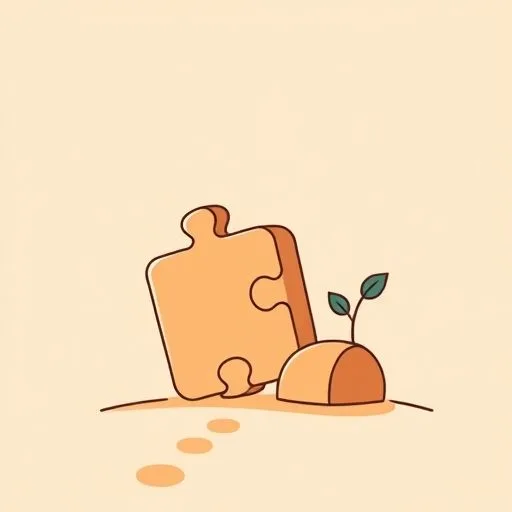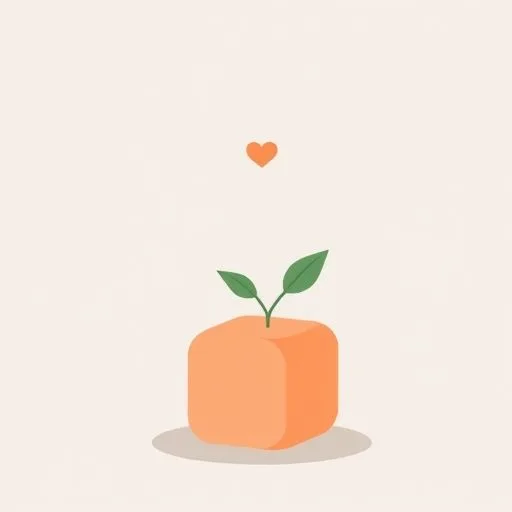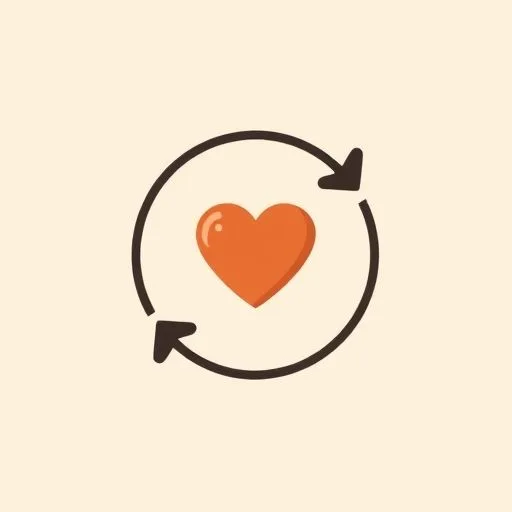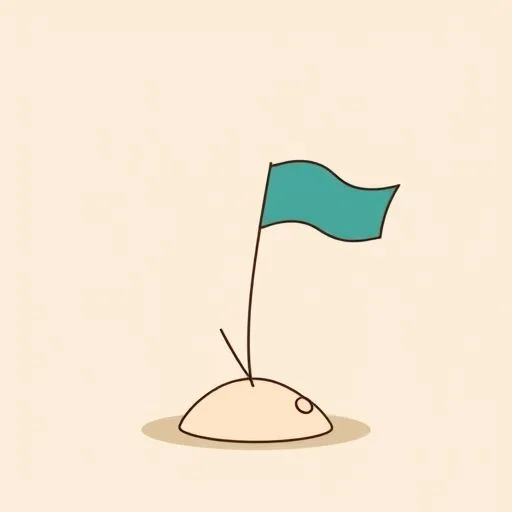
We’ve all been there. The puzzle piece won’t fit, the tower crashes down, and a small voice whispers ‘I can’t.’ It’s easy to rush in and fix it—but what if that quiet moment holds the key to their resilience? Let’s talk about what really happens when kids hit a wall and how your gentle presence can turn frustration into a chance to grow. It’s not grand gestures that matter; it’s the quiet strength we’ve all seen in the parents we admire.
That Little Sigh? It’s Not Defiance—It’s a Silent Ask

Ever wonder why your kid suddenly pushes away a toy they were just playing with? It’s not them being difficult—it’s their little way of saying, ‘I just need a minute, okay?’ When we see that hint of frustration, our instinct screams to rescue. But hold on. That little sigh or shaky hand when they’re stuck? That’s their silent plea for you to just stand by them, not take over. It’s asking for patience, not solutions.
We’ve all watched them—the caregiver who resists the urge to step in. They know that wall isn’t a stop sign; it’s a pause button. In that space, a child learns: ‘I can figure this out’ without anyone swooping in. Remember that look in their eyes when they’re about to give up? It’s begging for patience, not answers. And when we hold back, even though our hands ache to help? That’s when the magic begins. Their shoulders relax. The tears dry. They take a breath and try again. That quiet moment? It sticks with them. It’s not about solving the puzzle—it’s about trusting them to figure it out themselves.
The Power of a Tiny Suggestion
So, how do we turn that moment of pause into progress? Sometimes, it starts with just a tiny suggestion…

‘Let’s find the blue piece first’—such a simple suggestion, but it gives kids the courage to try again. Why? Because it breaks the wall into something climbable without taking away their ownership. Instead of rebuilding the tower yourself, try nudging with curiosity: ‘What if we look for the airplane piece?’ or ‘Where do you think this fits?’ It’s not about the answer; it’s about lighting the path just enough for them to see it themselves.
We’ve learned that celebrating the effort matters way more than praising the result. When they wobble but keep trying, that’s the muscle building—the quiet resilience we all want for them. Why ‘let’s try together’ works better than ‘let me do it for you’ every time? Because it says: ‘I’m here with you’ not ‘I’ll do it for you.’ Think about when your partner handed you that one perfect tool during a project—just enough to keep going. That’s the spark we’re nurturing. The real win isn’t the finished puzzle. It’s seeing them willing to give it another shot because they know you believe in their effort.
‘We Tried’ Builds Tomorrow’s Courage

When a child gets paint all over her nails and just laughs? That’s learning it’s okay to make a mess. Every time they stumble but say ‘I’ll try again,’ they’re growing that inner strength we admire. But it’s not about avoiding failure—it’s about reframing it. ‘We did it’ feels good, but ‘we tried’ builds resilience for next time because it honors the attempt, not just the outcome.
Picture this: the crayon snaps, the block won’t stay. When we respond with ‘What if we try another way?’ instead of rushing to fix it, we’re handing them grace under pressure. And that gift—the quiet knowing that ‘I can handle this’—lasts far beyond the art table. Those moments of frustration? They’re building blocks for trust between you and your little one. When they feel safe to struggle without judgment, they learn to trust their own voice. And when they finally conquer it? That look—pride mixed with relief? It stays with you long after bedtime. Because the echo isn’t in the finish line—it’s in the trying.
Standing By Instead of Stepping In

Sometimes the best help is just being there, quietly, while they figure it out on their own. It’s hard—we want to smooth every path. But when we step back, we’re saying: ‘I believe you can do this.’ And that belief? It seeps into their bones until they start believing it too.
It’s not about fixing things for them—it’s about believing they can fix it themselves.
Remember how your partner supported you during a tough work problem? You felt seen but still owned the victory. Kids need that same rhythm. So next time, pause. Breathe. And just be present. Watch how they lean into the challenge when they know you’re not coming to rescue. Notice the tiny wins—the deep breath before trying again, the quiet ‘I think I got it.’ That’s the foundation of resilience being laid right before your eyes. And that trust you’re building? It echoes. Long after the puzzle is done, it’s still there, whispering: ‘You’ve got this.’
